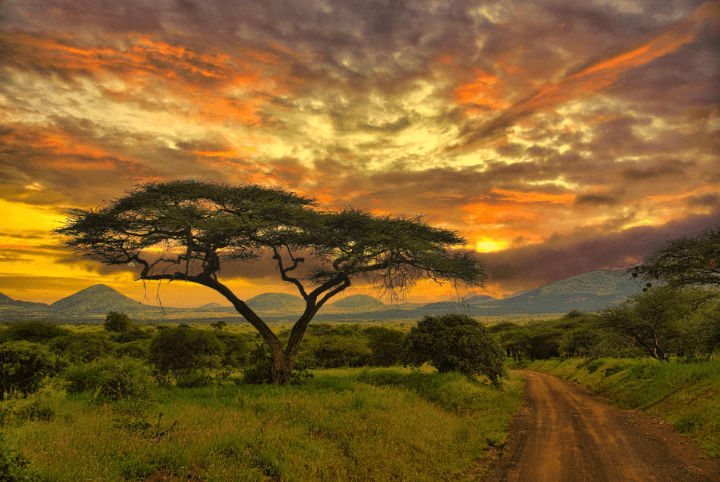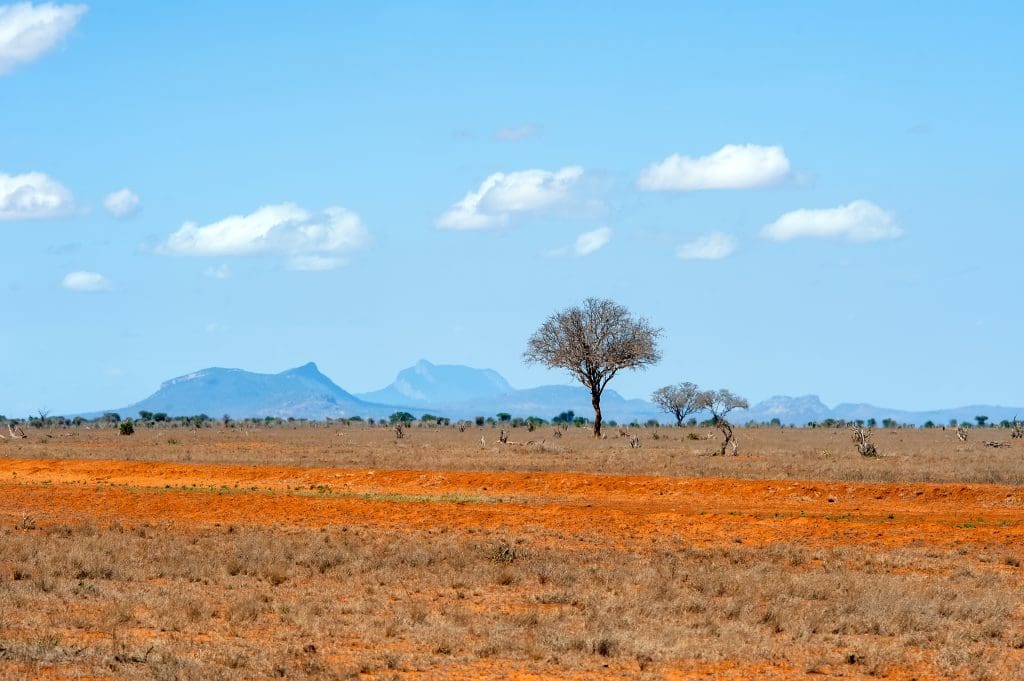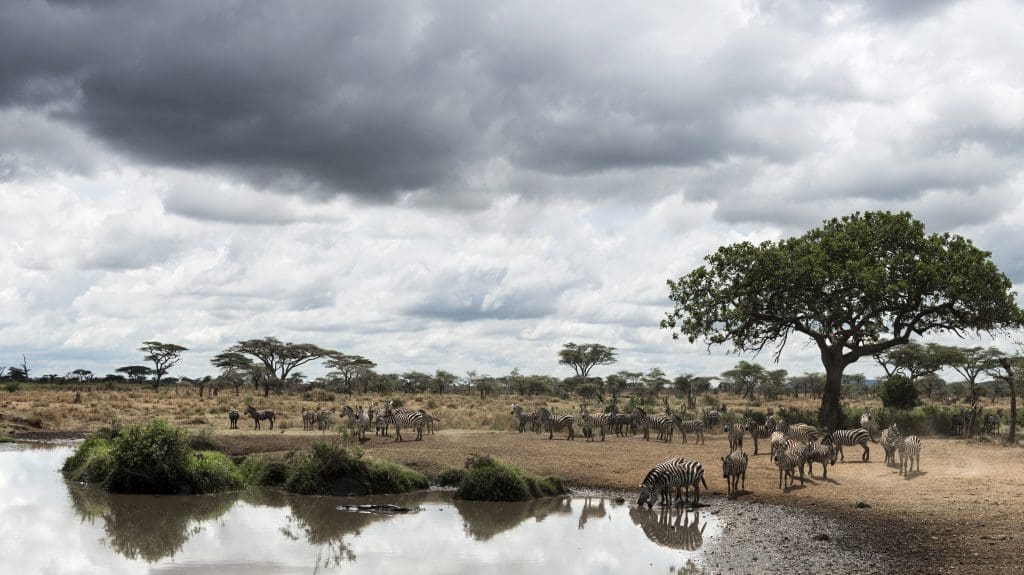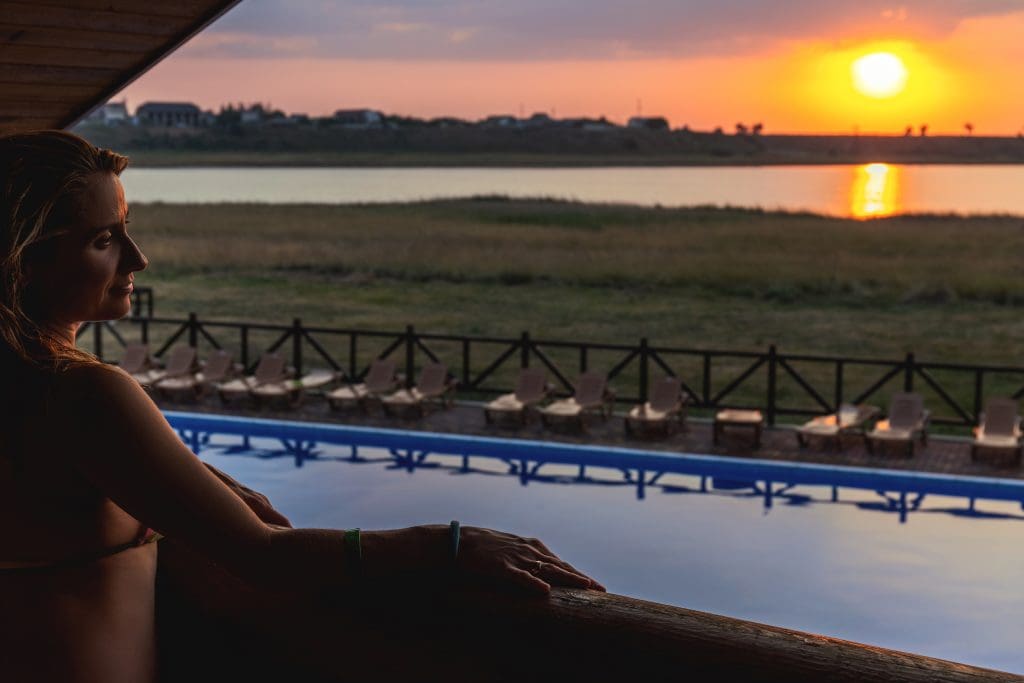Kenya is renowned as one of the world’s top safari destinations, offering breathtaking landscapes, diverse wildlife, and unforgettable adventures. However, to truly enjoy your safari, it’s essential to understand Kenya’s climate. The country’s weather varies widely, from lush highlands to arid plains, influencing everything from wildlife migrations to your travel experience. Knowing the seasonal changes can help you plan the perfect trip, ensuring you visit during the best time for game viewing and comfortable conditions. In this article, we’ll explore Kenya’s climate, what to expect during different seasons, and how to make the most of your safari adventure.
Overview of Kenya Climate

Kenya’s location straddling the equator gives it a uniquely diverse climate, making it a year-round destination for travelers. The country’s weather patterns are influenced by its varied geography, which ranges from high mountain ranges to sprawling savannas and a stunning coastline along the Indian Ocean.
Kenya experiences two primary seasons: the wet season and the dry season. The wet season consists of two periods: the long rains from March to May and the short rains from November to December. During the wet months, landscapes transform into lush greenery, attracting migratory birds and wildlife. On the other hand, the dry season, from June to October and January to February, is ideal for safaris, as animals congregate around water sources, making game viewing easier.
The climate also varies significantly by region:
- The Highlands: Cooler and more temperate due to higher altitudes, with chilly evenings, especially in Nairobi and areas like Mount Kenya.
- The Coast: Tropical and humid, with warm temperatures throughout the year. Coastal regions like Mombasa are perfect for beach vacations.
- The Savanna: Warm and sunny, ideal for iconic safari experiences in areas like the Masai Mara and Amboseli National Park.
- Northern Arid Areas: Hot and dry most of the year, offering unique desert landscapes and rare wildlife species.
Understanding these variations helps you choose the best time and place to visit, ensuring your safari aligns with Kenya’s climate and your travel goals.
The Wet Seasons in Kenya
Kenya’s wet seasons bring a refreshing change to the landscape, transforming it into a lush, green paradise. These periods, however, differ in intensity and impact on travel experiences.
Long Rains (March to May)
The long rains typically occur from March to May, characterized by heavy and consistent rainfall, often in the afternoons and evenings. While wildlife viewing can be more challenging during this time due to dense vegetation and occasional road closures, it’s a season of renewal. The rains fill waterholes, creating opportunities to witness new wildlife behavior, such as birthing and nurturing of young animals. This season is ideal for avid photographers who want to capture Kenya’s vibrant, rain-soaked landscapes.
Short Rains (November to December)
The short rains, from November to December, are lighter and more sporadic, often consisting of brief afternoon showers. This period paints Kenya’s landscapes in lush greens, making it one of the most picturesque times of the year. Wildlife is still abundant, and the softer rains mean that safari drives remain enjoyable and less disrupted.
Tips for Visiting During the Wet Seasons
- Reduced Crowds: Fewer tourists visit during the wet seasons, giving you a more intimate safari experience without the crowds at popular parks like the Masai Mara or Amboseli.
- Lower Safari Costs: Many lodges and tour operators offer discounted rates during the wet months, making it a budget-friendly option for travelers.
- Pack Smart: Bring waterproof gear, sturdy shoes, and quick-dry clothing to stay comfortable during occasional downpours.
If you’re seeking a serene, cost-effective, and uniquely green safari experience, the wet seasons in Kenya are worth considering.
The Dry Seasons in Kenya

Kenya’s dry seasons are the prime time for unforgettable safari experiences, as wildlife gathers around scarce water sources, offering exceptional game-viewing opportunities. With clear skies and minimal rainfall, the dry months are ideal for exploring Kenya’s stunning landscapes and diverse ecosystems.
June to October: Peak Safari Season
From June to October, Kenya experiences its longest dry spell, drawing safari enthusiasts from around the globe. During this period, wildlife is easy to spot as animals congregate near rivers and watering holes. This season also coincides with the Great Migration in the Masai Mara, where millions of wildebeest, zebras, and antelopes make their dramatic crossing of the Mara River. It’s a spectacle of nature that every safari lover dreams of witnessing.
January to February: Warm and Wildlife-Rich
January and February mark a shorter dry season, offering warm temperatures and excellent game spotting. This period is perfect for observing predators like lions, cheetahs, and leopards as they take advantage of the open terrain to hunt. The dry grasslands make it easier to track wildlife, ensuring an action-packed safari experience.
Highlights of Visiting During the Dry Seasons
- The Great Migration (July to September): Witness the breathtaking river crossings in the Masai Mara, often regarded as one of the greatest wildlife spectacles on Earth.
- Clear Skies for Photography: With bright, sunny days and minimal haze, the dry seasons provide perfect lighting for capturing Kenya’s dramatic landscapes and vibrant wildlife.
- Comfortable Conditions: Cooler mornings and evenings make safari drives more enjoyable, while the absence of rain ensures easy access to game reserves and lodges.
Kenya’s dry seasons offer unparalleled opportunities for wildlife viewing and photography, making them the preferred choice for travelers seeking the ultimate safari adventure.
Regional Climate Variations
Kenya’s diverse geography creates a range of regional climates, each offering unique experiences for travelers. Understanding these variations can help you choose the best destinations for your safari adventure.
Masai Mara: Moderate Climate with Year-Round Game Viewing
The Masai Mara enjoys a moderate climate with pleasant daytime temperatures and cooler evenings. Rainfall is spread across the year, making it one of the few regions where wildlife viewing is excellent year-round. However, the dry season (June to October) is particularly famous for the Great Migration, when millions of wildebeest and zebras traverse the plains.
Nairobi and Highlands: Cooler Temperatures, Especially at Night
Nairobi and the central highlands experience a temperate climate due to their higher altitudes. Days are mild, but nights can be quite chilly, especially from June to August. This region’s cooler weather is perfect for hiking and exploring areas like Mount Kenya and the Aberdare Ranges.
Coastal Kenya: Tropical Climate with High Humidity
Kenya’s coast, including Mombasa, Diani, and Malindi, boasts a tropical climate with warm temperatures and high humidity throughout the year. The wet seasons bring occasional short downpours, but sunny skies dominate most days, making it ideal for beach vacations and exploring marine parks.
Northern Kenya: Arid and Hot, Perfect for Unique Desert Safaris
The arid regions of northern Kenya, such as Samburu, Turkana, and Marsabit, are characterized by hot, dry conditions. This unique landscape features desert-adapted wildlife like Grevy’s zebras, Somali ostriches, and oryx. It’s a great destination for off-the-beaten-path safaris and cultural experiences with local tribes.
How Kenya Climate Affects Wildlife and Landscapes
Kenya’s climate plays a pivotal role in shaping its ecosystems, influencing both vegetation and wildlife behavior. The interplay of wet and dry seasons creates a dynamic environment that offers unique opportunities for safari-goers.
Seasonal Changes in Vegetation and Water Sources
During the wet seasons, Kenya’s landscapes transform into lush, green expanses as vegetation flourishes and waterholes fill up. This abundance of resources supports diverse wildlife, and many animals give birth during this period. Conversely, the dry seasons bring a stark contrast, with sparse vegetation and limited water, concentrating wildlife around permanent rivers and waterholes.
Animal Migration Patterns Influenced by Climate

Kenya’s climate is a key driver of the famous Great Migration in the Masai Mara. As rains replenish grazing areas, millions of wildebeest, zebras, and gazelles move in search of food and water. Predators like lions, crocodiles, and hyenas follow these herds, creating incredible opportunities to witness dramatic wildlife interactions.
What to Expect in Terms of Wildlife Activity During Different Seasons
- Wet Seasons: Abundant vegetation makes animals slightly harder to spot, but the vibrant greenery and active birdlife make this a photographer’s dream.
- Dry Seasons: Wildlife congregates near water sources, making it easier to observe large herds and predator-prey dynamics. The open plains also offer unobstructed views for safari-goers.
Understanding how Kenya’s climate influences its wildlife and landscapes ensures you’re prepared to experience the best of what this incredible destination has to offer.
Best Time to Visit Kenya for a Safari
Choosing the best time to visit Kenya for your safari depends on several factors, including your budget, wildlife preferences, and comfort with specific weather conditions.
Factors to Consider
- Budget: The peak season (June to October) is more expensive due to high demand, while the off-season (March to May and November) offers discounted rates on accommodations and safari packages.
- Wildlife Preferences: If witnessing the Great Migration is your priority, plan your visit between July and September. For bird enthusiasts, the wet season attracts migratory birds, making it perfect for birdwatching.
- Weather: The dry season is ideal for game viewing, as animals gather around water sources. However, the wet season provides lush landscapes and fewer crowds.
Peak Season vs. Off-Season: Pros and Cons
- Peak Season (June to October, January to February):
- Pros: Excellent wildlife viewing, clear skies, and iconic events like the Great Migration.
- Cons: Higher costs and crowded parks.
- Off-Season (March to May, November):
- Pros: Lower safari costs, fewer tourists, and vibrant green landscapes.
- Cons: Occasional heavy rains may limit game drives and access to certain areas.
Packing Tips for Kenya Climate
Packing wisely for Kenya ensures a comfortable and enjoyable safari experience, regardless of the season or region.
Clothing Suggestions
- For Dry Seasons: Lightweight, neutral-colored clothing (beige, khaki, or green) to blend with the environment and stay cool. Include a wide-brimmed hat and sunglasses for sun protection.
- For Wet Seasons: Quick-drying and waterproof clothing, including a durable rain jacket and waterproof shoes or boots.
Essentials
- Sunscreen: The equatorial sun is strong year-round, so high-SPF sunscreen is a must.
- Insect Repellent: Essential for protection against mosquitoes, especially in wetter areas.
- Waterproof Gear: Keep your camera and electronics dry with waterproof covers or bags.
- Binoculars: Enhance your wildlife spotting experience.
Adapting to Regional Climates
- For the cooler highlands, pack warm layers for chilly mornings and evenings.
- In coastal regions, bring lightweight, breathable clothing to stay comfortable in the humid climate.
- For arid areas, include loose-fitting long sleeves and trousers to protect against the sun and dust.
Sustainable Safari Tips for Kenya

Responsible tourism helps preserve Kenya’s rich biodiversity and ensures future generations can enjoy its natural wonders.
Traveling Responsibly
- During the Wet Season: Stick to designated paths to prevent soil erosion and avoid disturbing newly replenished ecosystems.
- During the Dry Season: Be mindful of water usage, as resources are scarce for both humans and wildlife.
Supporting Conservation Efforts
- Choose eco-friendly lodges and camps that prioritize sustainable practices like solar energy and waste recycling.
- Participate in community-based tourism initiatives to support local livelihoods and conservation projects.
- Avoid single-use plastics and leave no trace by carrying reusable water bottles and bags.
By traveling sustainably, you not only minimize your environmental impact but also contribute to the preservation of Kenya’s iconic landscapes and wildlife.
Conclusion: Plan the Safari of a Lifetime in Kenya
Kenya’s diverse climate shapes its breathtaking landscapes and unique wildlife experiences, making it an extraordinary safari destination. Whether you prefer the lush greenery of the wet seasons or the unparalleled wildlife viewing during the dry months, understanding Kenya’s climate ensures a well-planned and unforgettable adventure. Tailor your trip to your preferences, whether it’s the Great Migration in the Masai Mara or exploring the serene coastal regions. Ready to embark on your dream safari? Book with The Mara Wanderlust for expert guidance and personalized itineraries that make your Kenyan adventure truly extraordinary. Start planning today!

